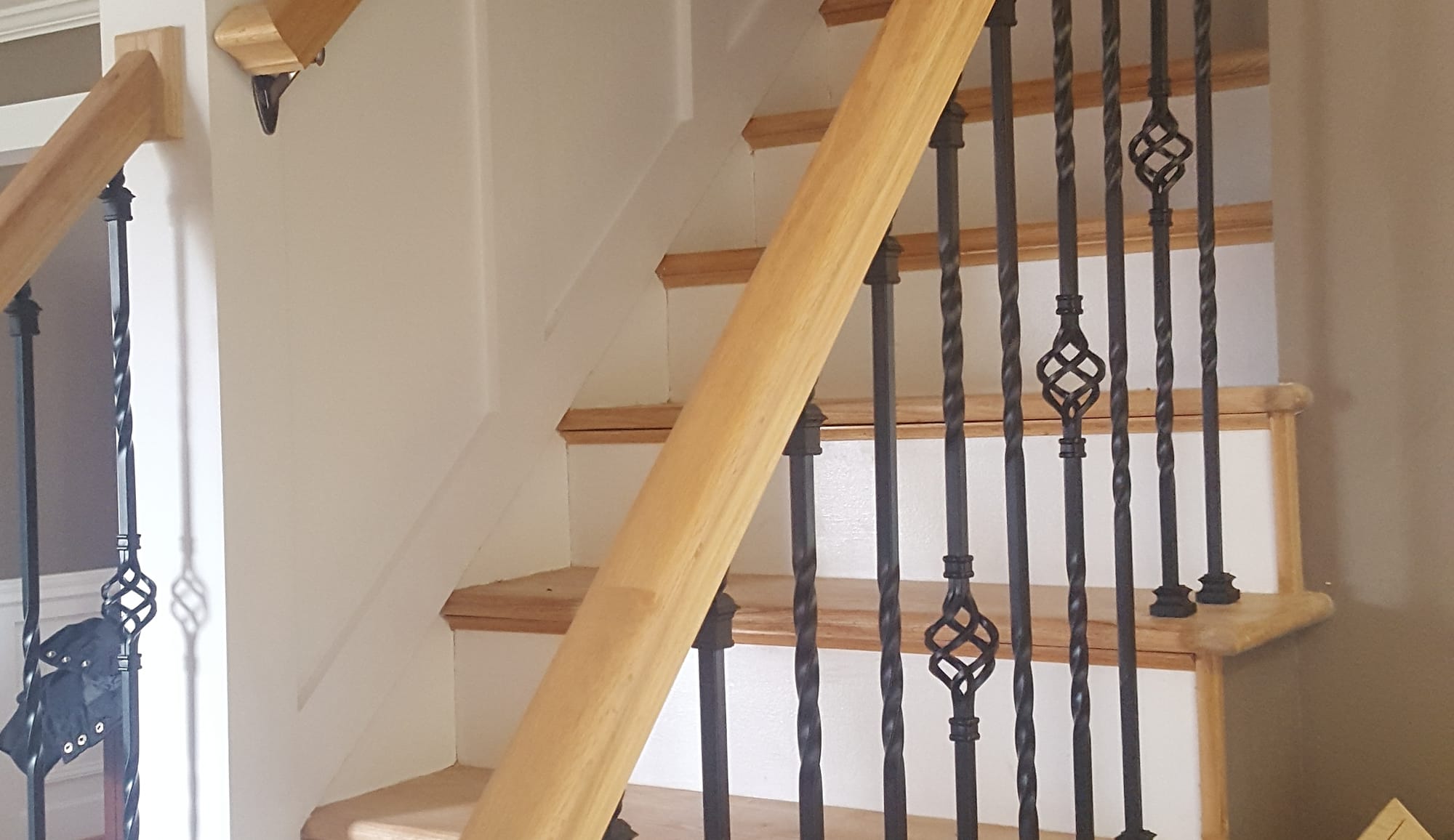
A Guide to Sustainable Building Practices for Your Next Renovation Oct 31, 2025
Sustainable building practices involve the careful consideration of materials, energy efficiency, water conservation, and the overall environmental impact of the home. Let's explore some key methods and strategies you can apply to your renovation project to ensure it is as eco-friendly as possible.
Firstly, the selection of sustainable materials is crucial. Opt for materials that are recycled, locally sourced, or rapidly renewable. These materials have a lower environmental footprint because they reduce the demand for new resources and minimize transportation emissions. Bamboo flooring, reclaimed wood, and recycled steel are excellent options that blend quality with sustainability. Additionally, low-VOC paints and finishes help improve indoor air quality, making them a healthier choice for your family.
Energy efficiency is another cornerstone of sustainable building practices. By investing in energy-efficient appliances and lighting, like LED bulbs or Energy Star-rated devices, you can significantly reduce your home's energy consumption. Proper insulation, energy-efficient windows, and well-sealed doors help maintain your home's temperature, reducing reliance on heating and cooling systems and subsequently lowering energy bills.
Water conservation is an equally important aspect of sustainability. Install low-flow fixtures for showers, faucets, and toilets to minimize water usage without compromising performance. Rainwater harvesting systems are a fantastic addition, allowing you to collect and store rainwater for irrigation and other non-potable uses, further reducing your household's water consumption.
Incorporating renewable energy sources into your renovation can provide long-term cost savings and lessen your dependence on fossil fuels. Solar panels, for instance, are a popular choice for generating clean energy. Although there is an initial investment, many homeowners find that the savings on energy bills and potential tax credits make solar an appealing option.
A thoughtful design can maximize natural light, reducing the need for artificial lighting during the day. Consider open floor layouts with strategically placed windows and skylights, which not only enhance the aesthetics of your space but also improve the quality of life by creating warmer and more inviting environments.
Finally, consider the longevity and lifecycle of the materials you choose. Durable materials that require less maintenance and replacement contribute to sustainability by reducing waste over time. Look at the entire lifecycle of the products used, from the raw material extraction to eventual disposal, to fully grasp their impact.
In conclusion, sustainable building practices do not just contribute to a healthier planet; they also create healthier living spaces, increase the value of your home, and often result in significant cost savings over time. At Complete Renovation Solutions, we are dedicated to integrating these practices into your home renovation projects to ensure that your home is as sustainable as it is stylish. By embracing eco-friendly approaches, you can enjoy peace of mind knowing you've made choices that benefit both your family and the environment.
/filters:no_upscale()/filters:format(webp)/media/b58a71af-ff25-45cd-88bf-9f615c72b8ac.jpeg)
/filters:no_upscale()/filters:format(webp)/media/c3611f9f-bb81-4e40-ab92-5dd60caa1f3c.jpeg)